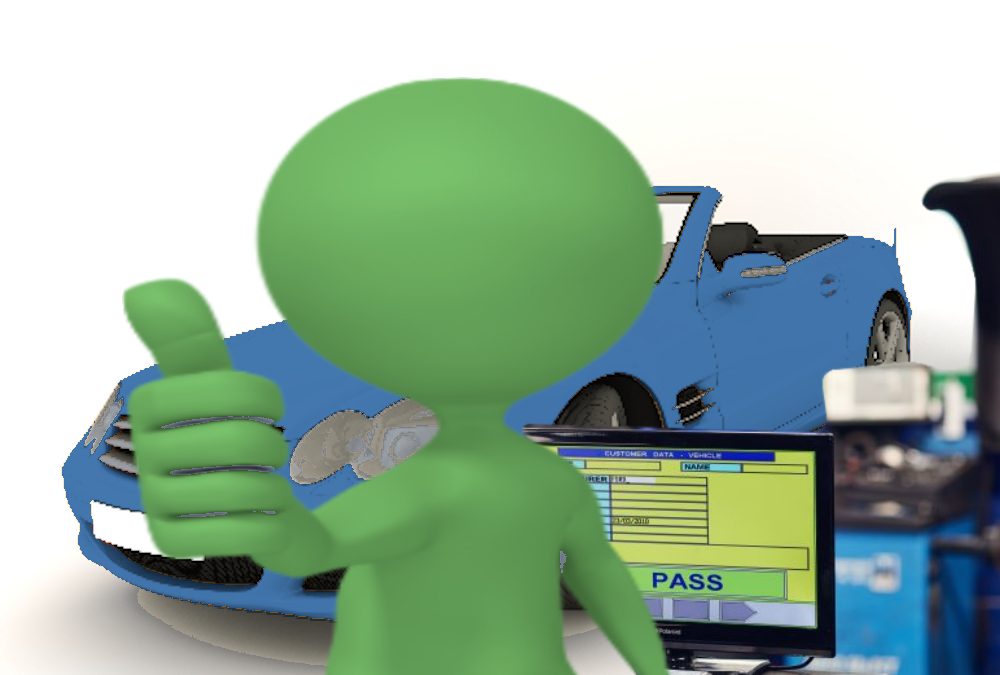Most QC checks carried out on MOT testers use the observation method. But if the QC disagrees with a decision made by the tester – what happens then?
A question that pops up frequently during my site visits, as many of you may have experienced this scenario. So to help clarify the situation, I contacted DVSA to get the answer direct from the horse’s mouth (as it were!).
Usually, during an observation Quality Check situation…
… the QC will simply watch a tester performing the test and then chat to him at the end regarding anything he may have noticed.
However, the re-check involves waiting until the tester has completed his inspection, then the QC carries out his own inspection. This often raises questions regarding the best way of carrying out the procedure – i.e. whether the test should be completed first and then QC’d or whether it should be left logged on. The latter, of course, means it will show up as a very long test!
So to be sure I’m giving you the best and most accurate advice, I contacted DVSA to confirm what I thought to be correct.
Here is their definitive response:
In reply to your question, I will refer you to section B of the MOT Testing Guide, page 45. (the same paragraph is also under section D, page 70)
This would prevent a situation of having different results recorded against a customers car, one of which may be incorrect. Yes, it would take longer, but as you mentioned, it would be recorded appropriately.
They went on to explain…
If there was a disagreement between the tester and the QC regarding the result of the test, ideally, there would be a discussion and referral to the appropriate testers manual and any disagreement resolved.
However, if the tester was adamant that his decision was correct and the QC was adamant it was incorrect, the tester cannot be told to change his decision. The tester would have to abort the test, and the QC would carry out a complete test. It would be appropriate that the re-examination is carried out using the MOT Test Bay (hoist/pit).
This action should be recorded on the QC record. The AE may consider that the tester receives further training before returning to testing.
So to confirm…
Regardless of the thoughts of the QC throughout the test, the tester should be allowed to complete the test. Any issues should be discussed between the tester and the QC after using all available referencing tools to resolve any disagreements. If an agreement cannot be reached, the tester must abort his test, and the QC must start a new test.
Hopefully, this has clarified what has been a grey area for many of you. If it hasn’t, please feel free to pick up the phone or grab me on my next visit!
I also hope that having this information will mean that more of you feel able to carry out a re-check QC from time to time.

